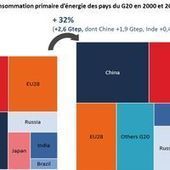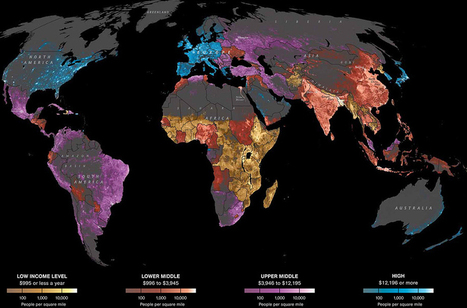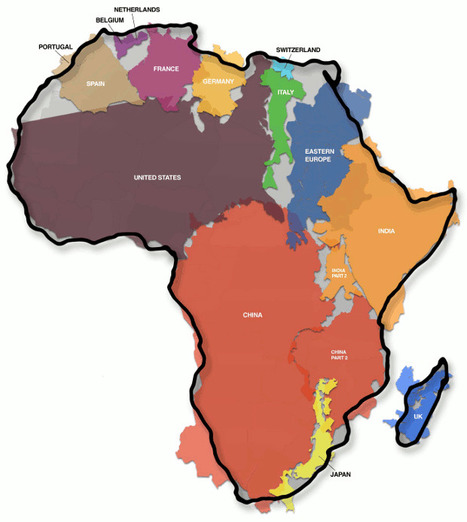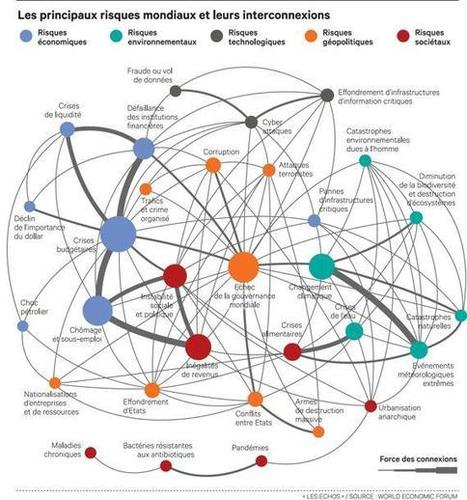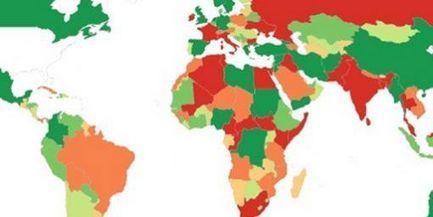Décryptage. Quel pays tire la consommation mondiale d'énergie ? La planète se mobilise-t-elle vraiment pour lutter contre les émissions de CO2 ? Où en est le prix du gaz ?...
Get Started for FREE
Sign up with Facebook Sign up with X
I don't have a Facebook or a X account
 Your new post is loading... Your new post is loading...
 Your new post is loading... Your new post is loading...

Terheck's curator insight,
January 26, 2014 5:58 AM
Une sélection de 40 cartes qui permettent de mieux comprendre notre monde.
Jessica Rieman's curator insight,
February 11, 2014 2:30 PM
When looking at this map there area few things that stick out to me and not just the colors. Fistly what I founf interesting was that South America in relation to where we live is quite different. For example, The US economic status is High Class at $12195 or more for most of the East and West Coast and then it is dull in the middle. These facts compared to South America where they are mostly upper middle class at around $3946-12185 and a portion of them are the lower middle class which rings in at around $886-3945. 
Jake Red Dorman's curator insight,
November 13, 2014 2:39 PM
On map 33, it shows the religious borders map of the different religions that are occupying certain areas of the Middle East. The area of Baghdad and east is mostly Shiite Islam and west of Baghdad is Sunni Islam. What I found to be most interesting is that even though Jerusalem is surrounded by many different religions they still celebrate Judaism. They are religiously protected by its borders. There is some sign of Sunni Islam being practices within their borders but it is mostly dominated by Judaism.

Jean-Baptiste Brochier's comment,
May 17, 2013 3:50 AM
merci ! j'ai repartagé cela sur http://www.scoop.it/t/bourgeons A bientôt
|

Stephane Bilodeau's curator insight,
January 21, 2014 9:45 PM
Si l'étude se penche sur cinq catégories de risques (économique, environnemental, technologique, sociétal et géopolitique), les sujets liés à l'économie et au climat arrivent cette année largement en tête des préoccupations. Les crises financières, le niveau élevé de chômage et de sous-emploi et l'accroissement des inégalités de revenus sont vus comme ayant à la fois un fort impact et une forte probabilité de se réaliser au cours de la prochaine décennie, tout comme les catastrophes dues au changement climatique et les crises liées à l'eau. 
Bethlehem Hickman's curator insight,
January 22, 2014 9:04 PM
Crise de l'eau et changement climatique figurent parmi les 5 risques les plus préoccupants au même rang que le chomage une raison d'esperer. |




